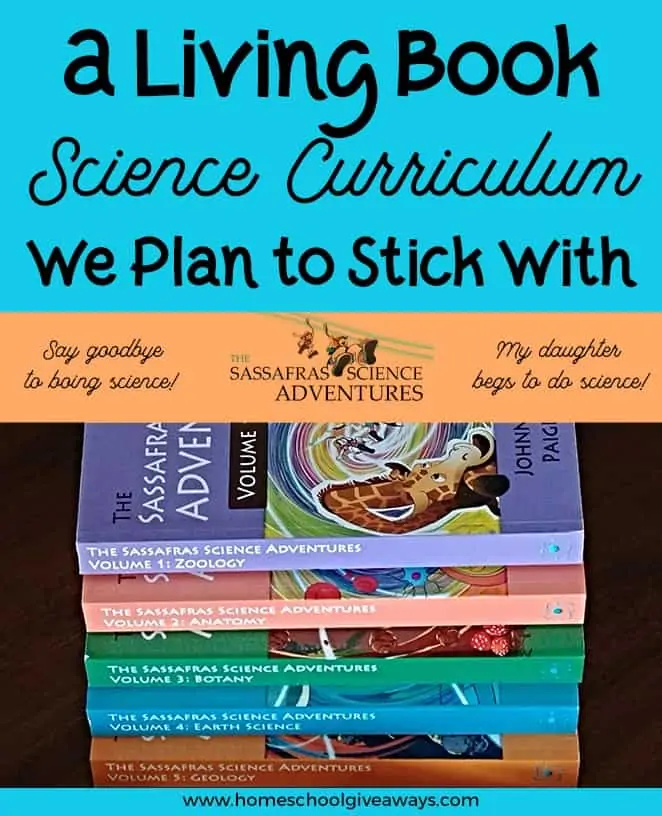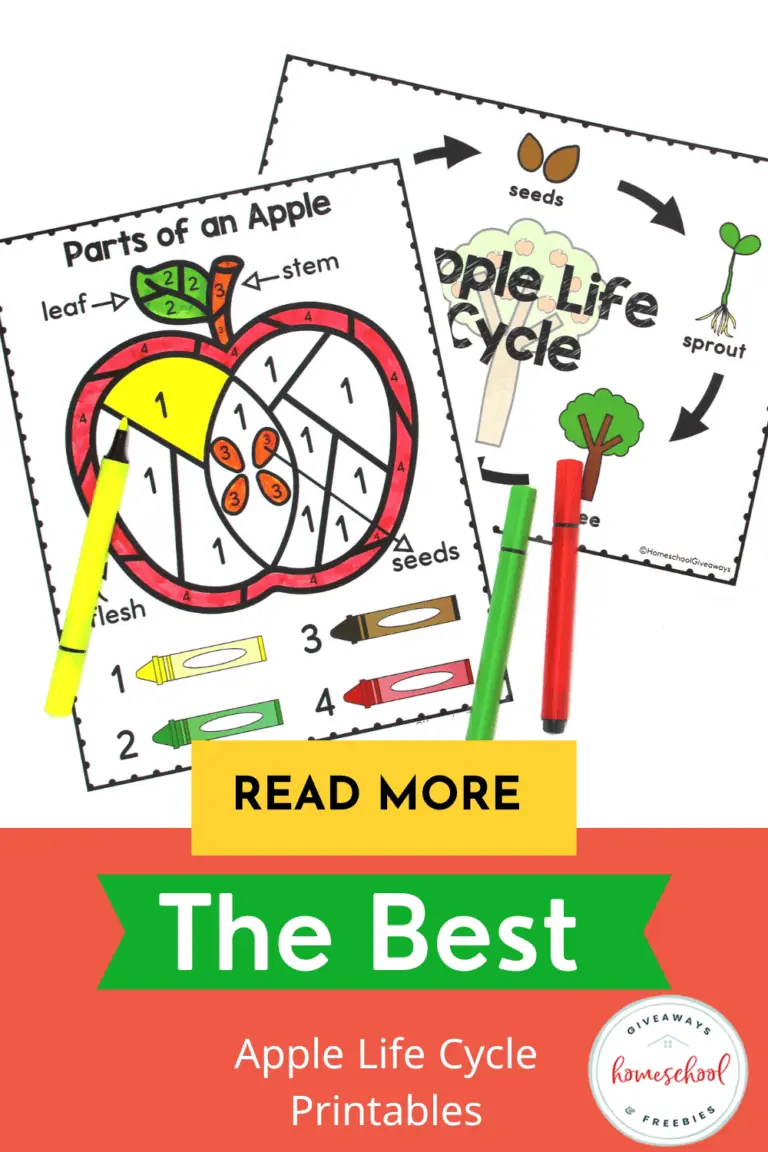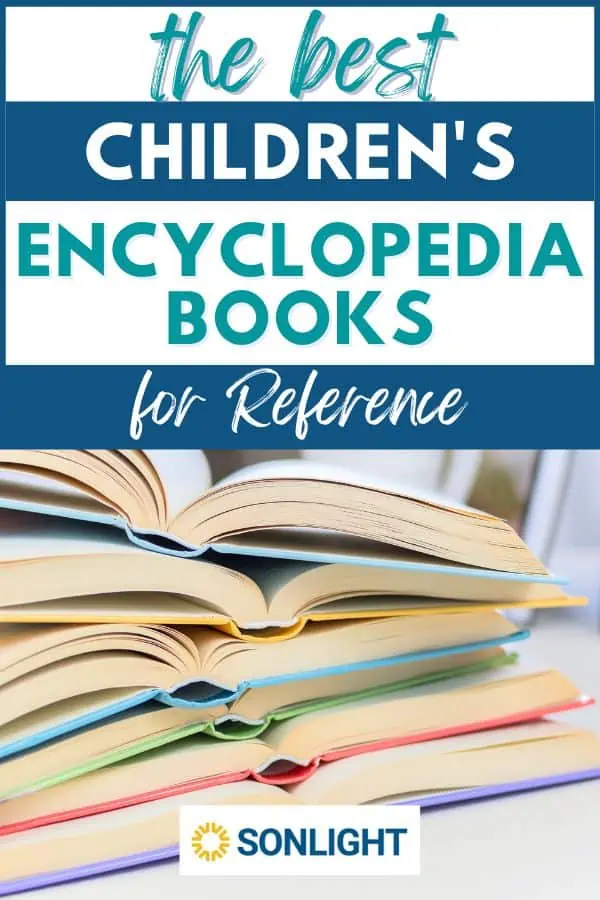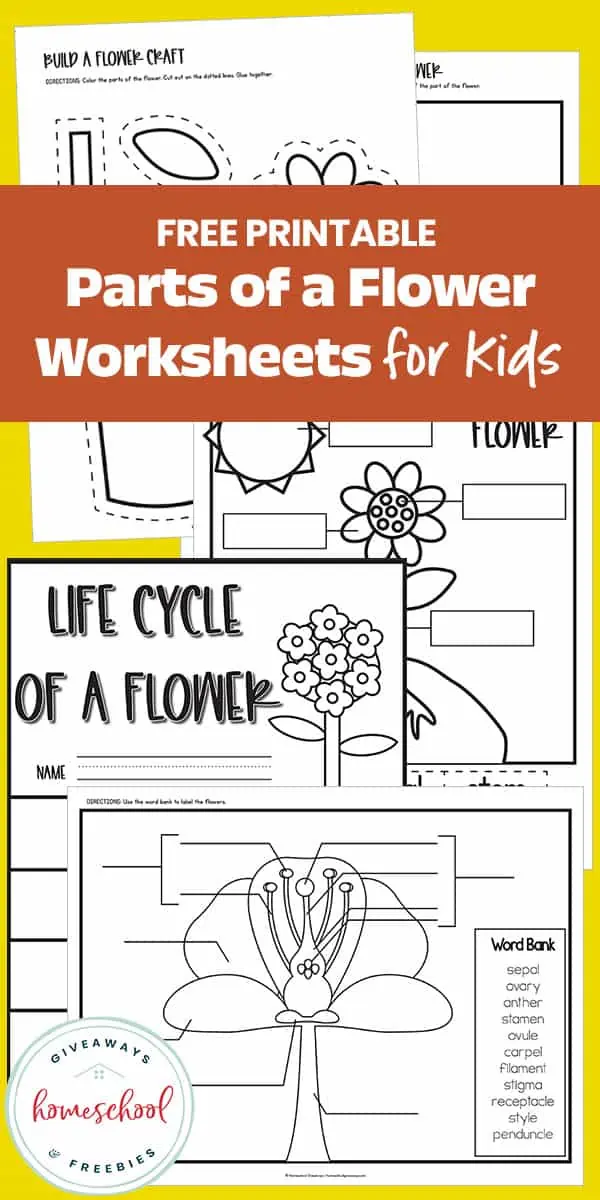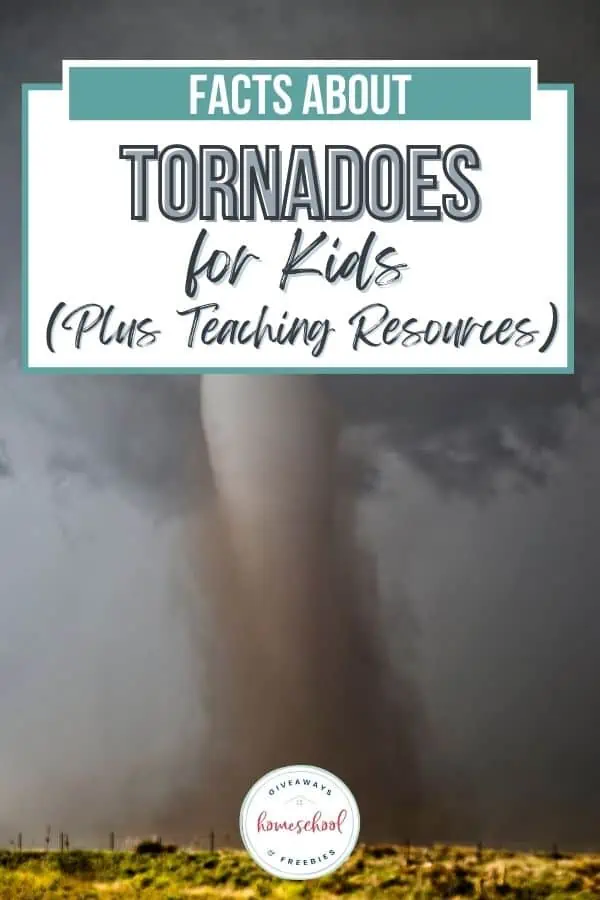A Living Book Science Curriculum We Plan to Stick With
Published:
January 9, 2018

Contributor:
Carrie
Disclosure: This post may contain affiliate links, meaning if you decide to make a purchase via my links, I may earn a commission at no additional cost to you. See my disclosure for more info.
Have you ever found a curriculum series that you just knew you would commit to from start to finish?
I have been homeschooling over a decade; our first homeschooler will be graduating this Spring. Over the years I have used many different curricula, some things we have loved while others got shelved and collected dust.
Friends, Sassafras Science is one of those finds that has caused me to get really excited. In all of our years of homeschooling, we have only ever loved one other series that we went all the way through and that was The Mystery of History.
Disclaimer: I was provided with a free product in return for my honest review. I was not financially compensated for this post. All thoughts and opinions expressed herein are my own and not influenced by the developing company and/or its affiliates in any way.
We are an eclectically Charlotte Mason inspired family. We love reading a living book as a spine, but honestly I dislike having to gather several books as that can get expensive, and I hate the pressure of having to rely on the library to have what we need, when we need it.
It took me months to commit and purchase Sassafras Science as I was unsure at first. I kept visiting their website and looking at the samples. I REALLY wanted to give it a try, but I had read some unflattering reviews about excessive grammar errors. After using Easy Grammar in our home for several years, I have become a grammar Nazi. I wasn’t so sure I could get past “in your face” grammatical errors, even for a good story.
Before taking the plunge and purchasing my first volume, I emailed the author inquiring about this issue. I was assured that they had it professionally edited {again} and that the errors had all been corrected. That was all I needed to hear to complete my purchase. We are in week 12 right now of Sassafras Science Zoology and I have yet to find any grammatical errors, so rest assured if you were discouraged by such reviews as I was, you can be at ease knowing that this is no longer an issue.
What I love about Sassafras Science is that there are no extra required reading materials. You can get away with solely using the 3 components of the set, but of course there are recommendations if you like to pull in other books and resources to enhance your child’s learning, along with the supplemental materials that they offer that accompany each volume. The reader and course materials make the perfect living books curriculum for science. This science curriculum is worldview neutral.
Scheduling Sassafras Science in your Homeschool
There are 2 schedule options for each week, so that means if one week is crazy and hectic you can just do it twice a week, whereas if you have a great homeschool week and your kids are eating it up, you can stretch it our for 5 days by doing activities, experiments, and reading additional materials.
I choose to do a 2 day a week schedule. I am not a hands-on homeschooling mama; I dislike experiments and I already mentioned I am not a fan of gathering extra books, so this works out best for us. We complete one chapter a week and Zoology has 18 chapters, so we will actually finish this curriculum. I cannot say that we finish all curriculum when it has 30 or so weeks, just sayin’.
Since the books have 18 chapters, you can either stretch them out or do 2 books a year. This year we have chosen to stretch one book out for the full year, but I have a feeling that my daughter will beg me to start book 2 this year as she loves it that much.
What the set includes:
I want to break down the 3 components of the set for you. While some families may opt to not purchase the student book (AKA SCIDAT Logbook), I would highly recommend that you do so. This is my daughter’s favorite part! She loves hearing the stories and then logging all of the data in her book. We did not do the lapbooks this year, but may incorporate them in the next volume.
The Sassafras Science Reader
The reader itself is very entertaining. I love to read and have read more novels that I can count, so I like to think I have a good basis for my opinion. The chapters are engaging, all the while containing a plethora of information about the animals that we are learning about. Each chapter touches on two animals (remember, we are using Zoology right now.) All of the facts are included in a non-encyclopedia type fashion and that makes it easy for my 8 year old to retain the information. Matter of fact, a trip to the local zoo had HER being the expert as we encountered animals that she had learned about. She was able to explain to her friend why giraffes have such long tongues, what they eat, that they can go a while without drinking water, and how they have to spread their legs very wide to drink (all the while putting themselves at risk of attacks.)
Each chapter is the perfect length – not too short or too long. I suspect if they were much longer, my daughter’s attention span would deteriorate rapidly. I am not sure if the additional volumes are the same or if they get longer, but I imagine if they are longer she will do just fine as she will be older as we go through the series.
Typically I will read aloud while she listens for fun facts to write down or colors a habitat page. Afterwards, I have her narrate back to me what the chapter was all about and then I read through the list of facts that are found on the teacher’s guide. This enables her to make sure she gets everything logged in her SCIDAT logbook. She is remembering everything she learns because I read the story aloud, then I read the facts in the form of a list, and then she writes it down in her logbook. So, essentially she is hearing/writing the facts about each animal 3 times.
The Sassafras Science Teacher’s Guide
I have mentioned in several reviews and posts that I detest teacher’s guides. Well, this one is an exception and is perfect. Each week has a schedule for 2 or 5 days, as I mentioned above. You will find a snapshot of supplies needed for activities and experiments (I also confessed we skip those) and a chapter summary on one page and then the information to use to fill out the associated sheets in the logbook in case you missed it from the story. Yes, that means there are ANSWERS included for everything.
Each week, whether using the 2 or 5 day schedule, your students log data for 2 animals, add vocabualry into their logbook (they create a picture glossary), do copywork and/or dictation, and fill out a habitat sheet. There are activities you can choose to do as well as multi-week assignments. For example, we are doing the multi-week activity that involves making a food chart. This one is easy and makes me feel like I am a good homeschool mama for incorporating an activity. You cut out the animal you are studying and glue them on your chart according to their diets.
The guidebook also includes a full glossary, habitat coloring pages, and quizzes. We normally do not do any type of tests or quizzes until late middle school (except for math), but I like these as they are not overwhelming and it helps my daughter review what she has learned. Each quiz covers 2 weeks of materials (4 animals.)
The SCIDAT Logbook
I would consider this a “notebooking journal” of sorts and you all know how much we love notebooking! My daughter loves her logbook and pulls it out often and flips through it to look at what she has sketched and written.
This logbook includes the animal data sheets that have a picture of the animal and blanks to fill in animal name, classification, food/diet (omnivore, carnivore, or herbovore), location found, and then a big blank box to draw and fill in all of the interesting facts they have learned from the story. You will also find habitat sheets, project pages to use if you do any activities, a picture glossary to complete as you go, and what I would call “notebooking pages” that include a picture/title and blank lines. We use that for the copywork and dictation, but it could also be used to do written narration or logging information from a suggested reader.
In addition to the 3 main components above, you can also purchase a printable lapbook that accompanies each title as well as an audiobook.
Here are the Sassafras Science volumes that are currently available for purchase:
We have been so thrilled with Sassafras Science Zoology that we contacted Elemental Science to let them know. They were delighted that we wanted to share it with our readers and sent us the rest of the books in the series. I can say with confidence that I know what we will be doing for science in the fall!
Sassafras Science Samples:
They have good samples, which I must have downloaded and looked at dozen times before I made the decision to try it out. You can view them all here. You can view the complete scope and sequence here.
What I think of the Price: I purchased The Sassafras Science Adventures Volume 1: Zoology Printed Combo for $42.99. It includes the reader, SCIDAT logbook, and the Teacher’s Guide. For a printed curriculum with all 3 components, that is a GREAT price, in my opinion.
You can purchase the “extras” like The Sassafras Science Adventures Year 1 Experiment Kit (Covers Vol. 1 & 2) for just $46.99, the individual audiobooks for $18.00, coloring pages for $5.00, and lapbook (ebook) for $15.00. Since we are enjoying it so much, I am considering purchasing the Experiment Kit for next year – my girl will die! I am so not into experiments and such, but the kit is so affordable and I know she would LOVE it. Maybe if everything I needed was already gathered it wouldn’t be so daunting for me?
So….will you be joining the adventure? Feel free to join in our conversation here.

